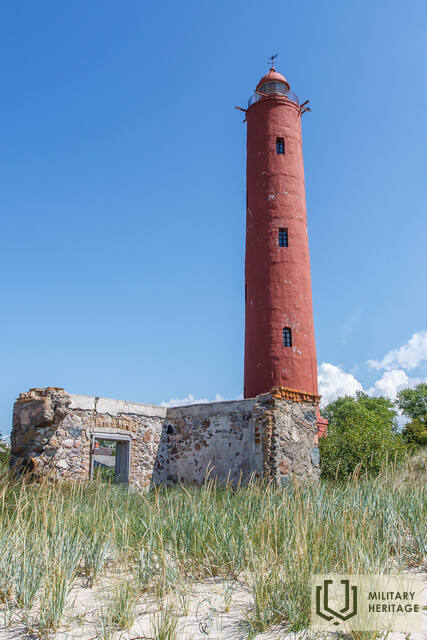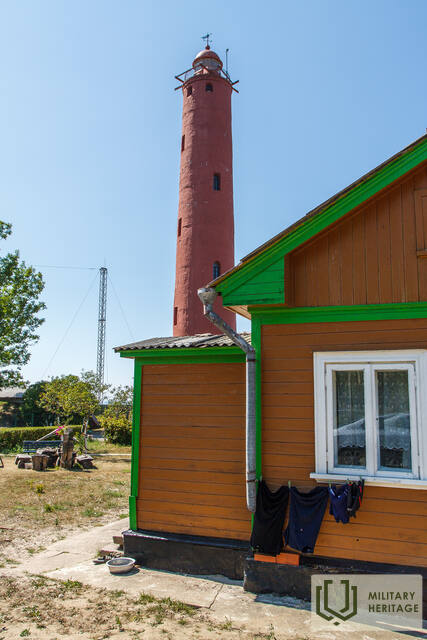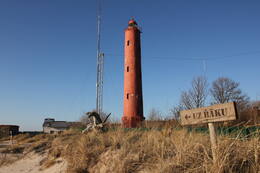"The Latvian SSR NPP will be here!"
Memories of Andris Zaļkalns (born 1951, Chairman of the Council of People's Deputies of the village of Vērgale (1982-1989)) about the time when a nuclear power plant was almost built in Akmeņrags.
Due to the border zone and the Russians, the Akmesrags side remained largely uninhabited, as in the past there were many houses both around Rudupi (Rudenieki) and Akmensrags (Radzenieki). People were “eaten out” of these places, which were described in the time by Tālis Vaiders or Tālivaldis Sils (born in 1927 – died?), in the story “Rudenieki.” Five years ago, together with students, we tried to research and preserve the places and names of old dwellings, we made and placed oak plaques with the names of the dwellings in the places of old farms.
It was planned to build a nuclear power plant (NPP) in Akmensrags. In the late 1980s, this issue reached the press and the village councils also learned about it. In 1989, when all the Chernobyl events were still fresh in their memory, activists from all the villages - Saka, Pāvilosta, Medze, Vērgale - got together and protested. At my initiative, we wrote a letter to the LKPCK (Central Committee of the Latvian Communist Party) newspaper "Cīņa", with the motivation not to build the NPP, because we do not want the Chernobyl disaster to happen again, the 1940s with deportations to happen again, in a very pathetic spirit. At the same time, one resident of Saka collected signatures against the construction of the NPP, collected several tens of thousands of signatures. Together, we organized a meeting with the creative team of the program "Labvakar!", so they came to the Akmensrags lighthouse, journalists E.Inkēns and O.Rubenis, and a cinematographer participated. We climbed the lighthouse and went to the place where the construction of the nuclear power plant was planned. At that place, an oak pole was supposedly buried in the ground (I didn't see it again) with an inscription in Russian and Latvian "Here will be the Latvian SSR nuclear power plant!" The place, about 1 km from the lighthouse towards Pāvilosta, on the seashore. The event was already noisy, but it probably didn't need to be, because the USSR collapsed.
Related timeline
Related objects
Akmeņrags Lighthouse and the fate of the "Saratov"
The Akmeņrags Lighthouse is located in Saka parish, 10 kilometres southwest of Pāvilosta. The top of the lighthouse can be reached by a spiral staircase and it offers views of the sea and the surrounding forests. Standing at 37 metres high, the current lighthouse tower was built in 1921, while the previous lighthouse was destroyed during World War I.
The Akmeņrags Lighthouse stands out among other lighthouses in Latvia, as it is located in one of the most dangerous places for sailing in the entire Baltic Sea coast. The signal beam of the lighthouse marks a rocky bank, which extends approximately two nautical miles or 3.7 kilometres into the sea in a north-western direction. The depth of the bank is just over two metres. The location of the lighthouse has remained unchanged, but the coastline has been receding over the years. Although a navigation light has been here since 1879, Akmeņrags has seen several shipwrecks. The most notable occurred in September 1923 when a Latvian steamer named Saratow struck the ground. In 1919, Saratow briefly served as the seat of the Latvian Provisional Government. Akmeņrags used to be home to a border guard post, and buildings of the Soviet Army are can be viewed here.







